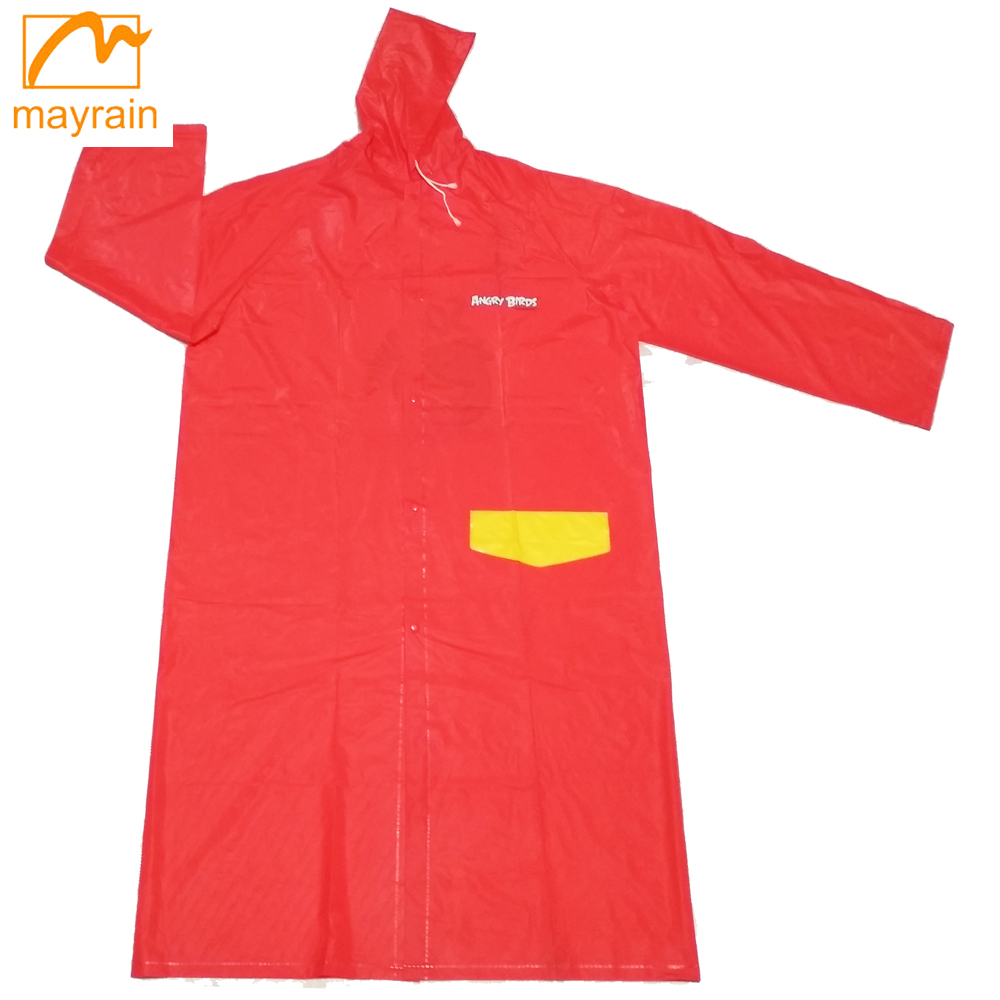 rainwears@163.com may@may-rain.com
rainwears@163.com may@may-rain.com Mon to Friday: 8.00 am - 7.00 pm
Mon to Friday: 8.00 am - 7.00 pm
Stylish Wooden Umbrella for All Weather Conditions and Outdoor Activities
The Timeless Charm of Wooden Umbrellas
In a world dominated by synthetic materials and mass production, a wooden umbrella stands out as a testament to craftsmanship, elegance, and a connection to nature. These beautiful creations not only provide shelter from the rain and sun but also serve as symbols of style and sophistication. As we delve into the art of wooden umbrellas, we uncover the rich history, meticulous craftsmanship, environmental benefits, and modern interpretations that keep this timeless accessory alive.
A Glorious History
The umbrella, in various forms, has a long history that dates back thousands of years. Initially used for and by the elite in ancient civilizations like Egypt, Greece, and China, the umbrella was a symbol of wealth and status. However, wooden umbrellas, in particular, gained prominence in the 18th century, especially in Europe, where artisans began to see the value of combining functionality with artistry. Families passed down techniques, ensuring that the craft of wooded umbrella-making flourished. The pivoting point can be most notably seen in England, where the first folding umbrella was created, making it practical for everyday use.
Artisanal Craftsmanship
What sets the wooden umbrella apart from its contemporaries is the level of artisanal craftsmanship involved in its creation. Each piece requires meticulous attention to detail, from selecting the right type of wood to ensuring a perfect balance between durability and aesthetics. Often made from high-quality woods like maple, cherry, or ash, these umbrellas undergo a careful crafting process. Artisans carve, polish, and lacquer the wood to enhance its natural beauty and protect it from the elements.
The canopy of wooden umbrellas is also essential. Typically crafted from durable fabrics such as cotton or polyester, the canopy not only complements the wooden frame but also serves to protect the user from rain or harmful UV rays. Many artisans offer customizable options, allowing customers to select colors and patterns that reflect their personal style. This combination of quality materials and personalized designs makes wooden umbrellas unique gifts or heirlooms that can be cherished for generations.
Environmental Benefits
wooden umbrella

In an era of increasing environmental consciousness, wooden umbrellas present a sustainable alternative to plastic or metal umbrellas. The use of renewable resources, such as wood sourced from responsibly managed forests, and the biodegradable nature of the materials contribute to a reduced environmental footprint. Additionally, wooden umbrellas can last significantly longer than their synthetic counterparts when properly maintained. Users can avoid contributing to the growing problem of disposable plastic waste by selecting a high-quality wooden umbrella that, with care, could last for decades.
Moreover, the production process for wooden umbrellas tends to have a lower carbon footprint than mass-produced umbrellas, as they often require less energy-intensive manufacturing and transportation. By choosing wooden umbrellas, consumers actively participate in eco-friendly practices and support local artisans, fostering community growth.
Modern Interpretations and Trends
In recent years, wooden umbrellas have experienced a resurgence in popularity, appealing to modern consumers seeking unique and eco-friendly options. Fashion designers are beginning to incorporate wooden umbrellas into their collections, showcasing them on runways and in high-end boutiques. Additionally, social media platforms are filled with stunning photographs of these exquisite pieces, further elevating their status as fashionable accessories.
Moreover, the rise of the sustainable fashion movement has prompted consumers to rethink their purchasing habits. Investing in a wooden umbrella signifies a commitment to quality over quantity—a choice to embrace timeless design rather than follows fleeting trends. Whether used in a wedding ceremony, a day at the beach, or simply as an elegant accessory during a stroll, a wooden umbrella adds a touch of sophistication and charm to any occasion.
Conclusion
The wooden umbrella embodies a blend of history, craftsmanship, and environmental mindfulness. As we navigate through a world filled with fleeting trends and disposable products, this classic accessory serves as a reminder of the beauty of tradition and the importance of sustainability. Choosing a wooden umbrella is not just an aesthetic decision; it's a statement about valuing craftsmanship, supporting artisans, and taking a step toward a more sustainable future. A wooden umbrella is more than an everyday item; it's a piece of art, a symbol of elegance, and an invitation to connect with nature. Whether shielding you from raindrops or basking in the sunlight, the timeless charm of a wooden umbrella is sure to make an impression.
-
Children's Fashion Waterproof Printed Raincoats | Kids Gear
NewsJul.31,2025
-
Silver Printed Women’s Jacket – Stylish, Lightweight & Trendy Outerwear
NewsJul.30,2025
-
Fashionable Design Long Raincoat Rain Poncho Waterproof Polyester
NewsJul.30,2025
-
High Lighting Reflective Rain Jacket Windbreaker Safety Jacket for Adult
NewsJul.29,2025
-
Disposable PE Rain Poncho - Lightweight, Waterproof, Easy to Carry
NewsJul.29,2025
-
Stylish Lady Coat Women Jacket – Trendy & Elegant Outerwear
NewsJul.29,2025































